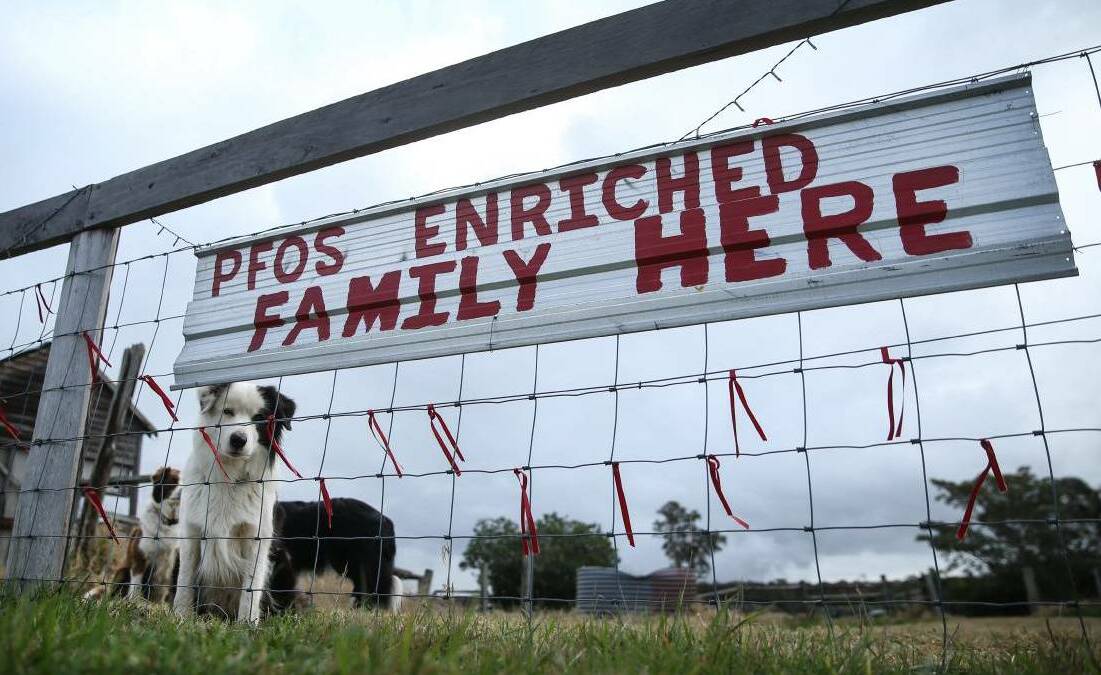
Assistant Defence Minister Matt Thistlethwaite will return to the Hunter on Wednesday in an effort to progress a long-term solution to the impacts of perfluoroalkyl and polyfluoroalkyl substances pollution.
The visit makes good on a commitment the minister made last month to facilitate discussion across all levels of government on community concerns about the nature and extent of the Williamtown PFAS Management Area.
He will meet with local MPs, Department of Defence representatives, Port Stephens Council and Red Zone representatives.
The meeting, to be held at the office of Paterson MP Meryl Swanson, will provide the community the opportunity to ask questions and hear first-hand from decision-making agencies and officials.
A spokesman for Mr Thistlethwaite said the state government agency Regions NSW had initially indicated it would attend the meeting, however, it had been a late withdrawal.
During a community meeting held on October 10, Mr Thistlethwaite apologised to residents for previous governments' handling of PFAS contamination.
As part of a new era of "consultation and inclusiveness", he held-out the possibility of buying back heavily contaminated properties.

"I think everything is on the table; I can't give a commitment to that (buy-backs) just yet. I think we need to look at it in light of the fact that there is PFAS contamination associated with other defence sites," Mr Thistlethwaite said in October.
"Anything we do here has implications for the rest of the country. But everything is on the table and we will try and work through the best solution for as many people as possible."
A revised PFAS Management Area Plan will be released in 2023. It will outline the new set of remediation actions determined by the Groundwater Strategy Review.
The Moors Drain Water Treatment Plant has treated 640 million litres of contaminated water to date. The Lake Cochran Water Treatment Plant treated more than 1.1 billion litres of contaminated lake water using granulated activated carbon filtration technology
Monitoring and modelling has shown that the main pathway for PFAS to leave Lake Cochran is via groundwater. Before the Lake Cochran surface water treatment system was decommissioned, a groundwater interception/treatment system was installed to intercept PFAS impacted groundwater before leaving the base.







